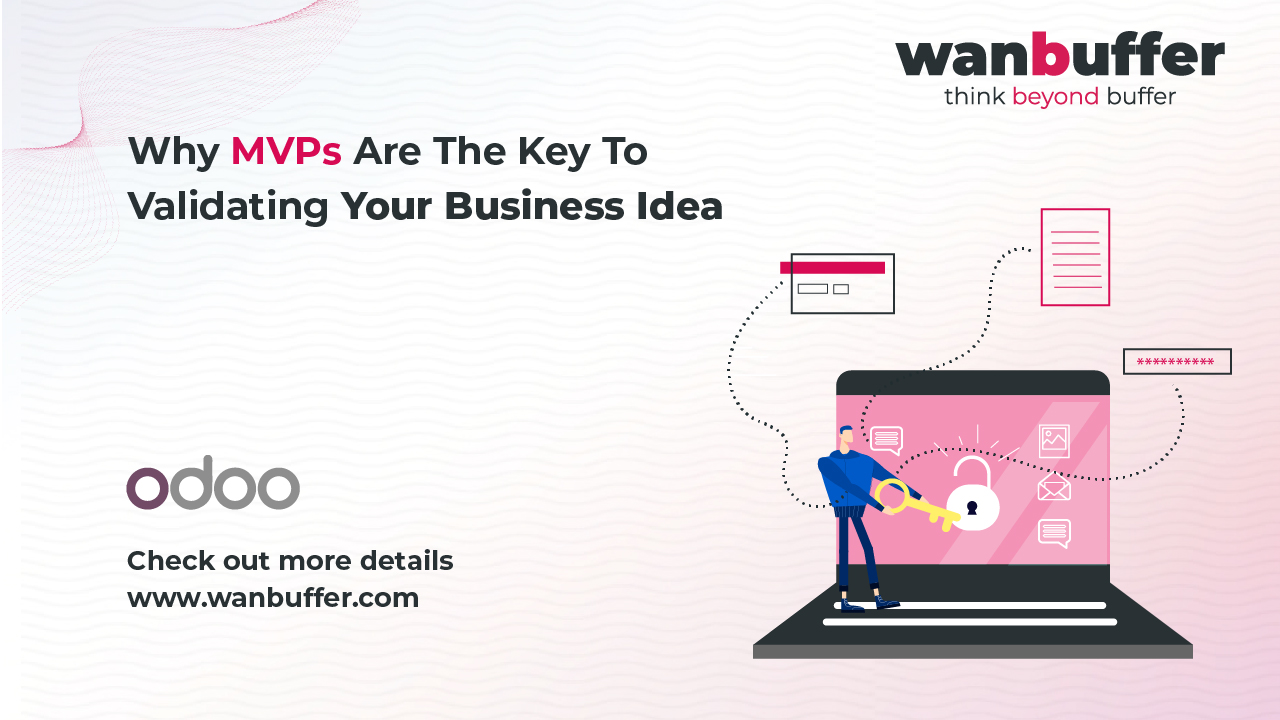
Table of Contents
Introduction
Launching a new product or startup is exciting but risky. Many businesses fail because they invest too much time and money in a full-fledged product without first testing the market. This is where a Minimum Viable Product (MVP) becomes a game changer.
An MVP is a streamlined version of your product that contains only the essential features necessary to validate your business idea. It allows you to test market demand, gather user feedback, and refine your offering before committing to a full-scale launch.
What is an MVP?
A Minimum Viable Product (MVP) is the most basic version of a product that delivers core functionality to early adopters. It allows businesses to:
- Test assumptions before investing in full development.
- Get real user feedback to improve the product.
- Minimize wasted resources on unnecessary features.
- Demonstrate the concept to investors or stakeholders.
Why is MVP Development Essential for Business Success?
- Reduces Risk: Test feasibility before heavy investment.
- Validates Market Demand: If people are willing to use and pay for your MVP, it indicates a real demand.
- Saves Time and Money: Launch faster with minimal resources.
- Attracts Early Adopters: Engage users early to shape your product.
- Helps Secure Funding: Investors prefer startups with proof of concept.
Boosting Business Success with Odoo’s CRM and Sales Modules
How an MVP Helps Validate Your Business Idea
- Real-World Testing: Get actual user responses instead of relying on assumptions.
- Gathers Actionable Feedback: Identify what works and what needs improvement.
- Proves Market Fit: Avoid developing a product that nobody wants.
- Attracts Investors: Show traction with real users to secure funding.
- Fast Iterations: Quickly refine features based on real data.
Steps to Building a Successful MVP
- Identify the Core Problem Your Product Solves: Define the value your MVP provides.
- Define the Key Features: Keep only the essential functionalities.
- Develop the MVP Efficiently: Use agile methodologies to build fast.
- Launch to a Small Market Segment: Target early adopters who can provide valuable feedback.
- Collect Data and Improve: Analyze user behavior and refine based on insights.
Common Mistakes to Avoid When Developing an MVP
- Overcomplicating the MVP – Keep it simple and focused.
- Ignoring User Feedback – Listen to your early adopters.
- Targeting the Wrong Audience – Engage users who will actually use and test your product.
- Skipping Market Research – Validate the need for your solution.
- Failing to Pivot – Be flexible and adapt based on data.
The Future of MVP Development
- AI-Driven MVP Testing – AI will predict market trends and user preferences.
- No-Code and Low-Code MVPs – Build MVPs faster without extensive coding.
- Cloud-Based MVPs – Scale MVPs quickly with cloud technology.
- Blockchain and Security – Security-focused MVPs will gain traction.
Conclusion
Launching a full-scale product without validation is a high-risk strategy. An MVP helps businesses test ideas, minimize risk, and attract investors by proving real-world demand.
By focusing on core functionality, gathering user feedback, and iterating based on real data, an MVP ensures that businesses make informed decisions before committing to full-scale development.
Looking to develop an MVP that drives real market impact? Contact Wan Buffer Services today to build a streamlined, scalable, and data-driven MVP tailored to your business needs.

